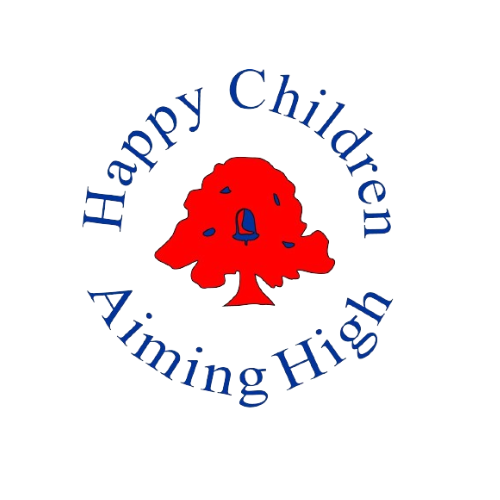Art and Design
Intent
At Palfrey Infant School we aim to ensure that all Art and Design lessons give pupils every opportunity to develop their ability, nurture their talent and interests, express their ideas and thoughts about the world, as well as learning about art and artists across cultures and through history. Our Art curriculum develops creativity, sets challenges, engages and inspires children and equips them with the knowledge and skills to experiment, invent and create their own works of art, craft and design. The curriculum has appropriate subject knowledge, skills and understanding to explore and investigate, create and evaluate artwork as set out in the National Curriculum and so will enable the children to reach and exceed their potential at Palfrey Infant School. It will enable pupils to create art work with a real purpose in terms when displaying and sharing the work they create and showcasing the skills and progress they have made. The children are exposed to specific Art and Design vocabulary in a progressive and ambitious manner: lessons involve clear and concise modelling of this vocabulary giving children the confidence to use the correct terminology in their discussions of their work. Through regular retrieval practise and building on prior knowledge the children are constantly showing that they are ‘knowing more and remembering more’.
Implementation
Our Art and Design planning adheres to the following 5 strands throughout:
- Generating ideas
- Using sketchbooks
- Making skills, including formal elements (line, shape, colour, tone, texture and pattern)
- Knowledge of artists
- Evaluating and analysing
Our art lessons are sequential, allowing the children to build their skills and knowledge, applying them to a range of outcomes. The formal elements, a key part of the national curriculum, are also woven throughout the units. Key skills are visited again and again with increasing complexity. This allows pupils to revise and build on their previous learning. Units in Key Stage 1 are organised into four key areas:
- Drawing
- Painting
- Sculpture and 3D
- Craft and design
The lessons are practical in nature and encourage experimental and exploratory learning with pupils using sketchbooks to document their ideas. All lessons are inclusive to all pupils and opportunities are available for pupils’ learning to be stretched when required. Knowledge organisers for each unit support the children with a visual record of the key knowledge and techniques learned to help them to recall skills processes, key facts and vocabulary.
Art and Design in the Early Years Foundation Stage (EYFS) is part of Expressive Arts and Design (EAD) section of the curriculum. Children are naturally inquisitive and love to ask questions, explore new media and investigate their own creativity. It is vital, therefore, that we develop their passion of Art and Design discovery from a young age. At Palfrey Infant School, we aim to deliver a well-balanced EYFS curriculum, where children can explore, investigate and ask questions about objects, people and resources within their child-initiated play and also during adult led and taught sessions. A fundamental part of the EYFS curriculum is enabling the environment so that children can fully access aspects of EAD within all areas of the classroom, both inside and out. Evidence for EAD is collected as a whole class within a Floor Book, which shows the learning process that the children have taken during adult led and child-initiated sessions. WOW moments and child-initiated learning is evidenced in individual Learning Journeys. At least one adult led session per week has an EAD focus and lessons are introduced using the floor book to ensure children are remembering what they have previously learnt. Verbal feedback is given throughout activities and misconceptions addressed and learning moved forward during adult and child interactions.
Impact
Our lessons ensure that the children engage in a dialogue about the evaluation process and decision making about the quality of their work and the improvements they need to make. By taking part in regular discussions and decision-making processes, the children will not only know facts and key information about art, but they will be able to talk confidently about their own learning journey.
After the implementation of our art curriculum, the pupils should be equipped with a range of techniques and the confidence and creativity to form the foundation of their further art education. The expected impact of our curriculum is that the children will:
- Produce creative work, exploring and recording their ideas and experiences.
- Be proficient in drawing, painting, sculpture and other art, craft and design techniques.
- Evaluate and analyse creative works using subject-specific language.
- Know about great artists and the historical and cultural development of their art.
- Meet the end of key stage expectations outlined in the national curriculum for Art and design.
